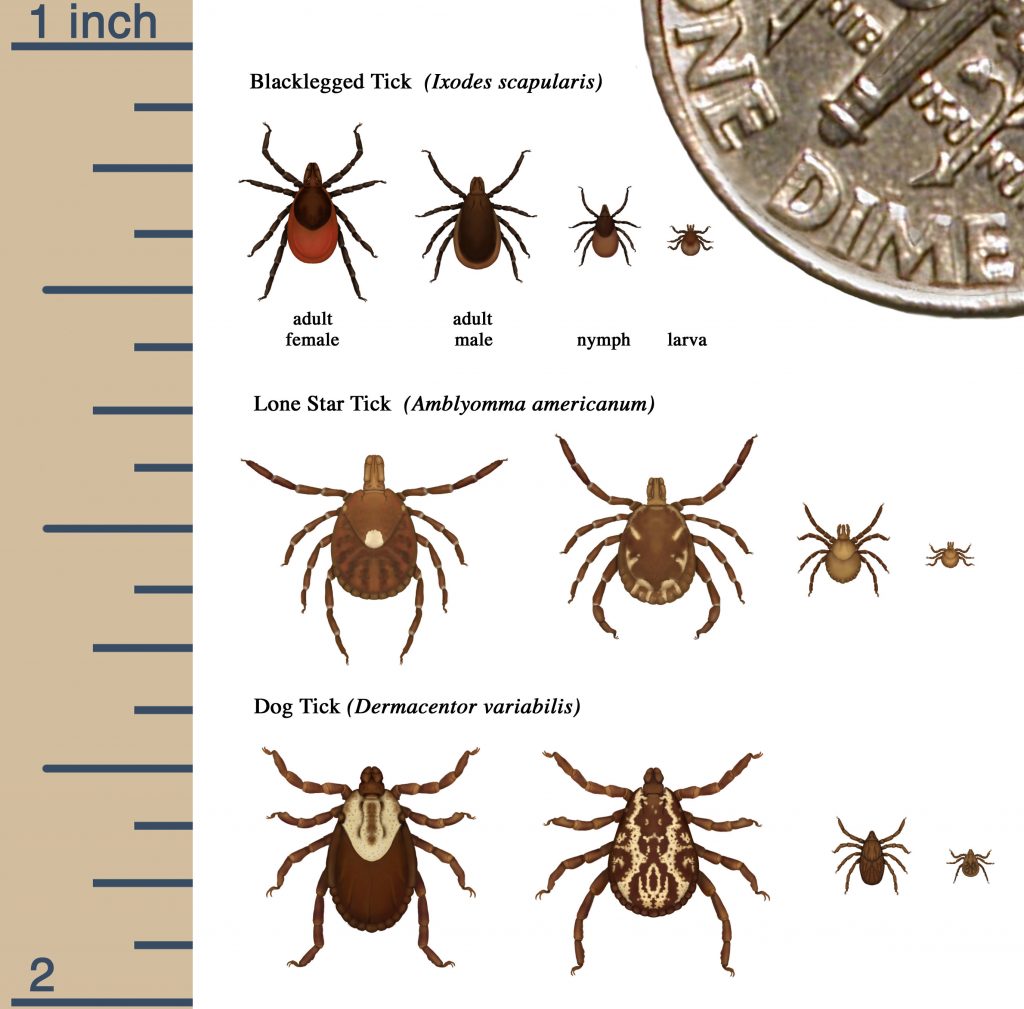NSF grants $6 million to study movement of tick-borne diseases in US

University of Idaho researchers are leading a nearly $6 million National Science Foundation (NSF) cooperative agreement, using large and complex data sets to improve prediction and response measures for tick-borne diseases.
According to a Centers for Disease Control and Prevention report published in 2018, reported cases of tick-borne disease such as Lyme disease, Rocky Mountain spotted fever and anaplasmosis, with symptoms similar to COVID-19, more than doubled from 22,000 cases in 2004 to 48,000 cases in 2016. Ticks were responsible for 94 percent of vector-borne diseases in 2014.
“Tick-borne disease is widespread, but it’s not only a human illness. It can infect animals such as horses and cattle, too,” said Xiaogang “Marshall” Ma, computer science assistant professor and research team lead.
“For big agricultural states such as Idaho, having the proper response protocols in place is essential to protect our communities as well as our economy.”
U of I is part of the four-year NSF project with the University of Nevada, Reno and Dartmouth College. Researchers will design a data framework to organize and clean case data and track movement of tick-borne diseases across the U.S., particularly east to west, where reported cases are low and data points are widespread.
“The thing about tick data is, once you get out of the Midwest and East Coast, these data are very sparse,” said Lucas Sheneman, grant participant and director of U of I’s data management center, the Northwest Knowledge Network.
“Databases that are out there are so siloed, they don’t communicate with each other. What we’re proposing is developing one comprehensive data framework to offer compatible resources to scientists and the general public.”
Ma said the data framework will help researchers analyze the role numerous factors, including outdoor activity, geographical location and climate, play in tick-borne disease transmission. Socioeconomic factors will also be considered.
Public health resources
He said the project will provide online models and resources that public health providers and state leaders can use to better predict changes in the number of tick-borne disease cases in their areas and develop proper community response protocols.
A large portion of funding will go toward educational and outreach materials to better educate under-served populations at high risk.
At U of I’s Polymorphic Games studio, interdisciplinary student groups will work on a video game and other educational tools aimed at helping K-12 teachers better educate students on the types of tick-borne diseases, risk factors and safety measures.
Existing studies show tick-borne illness such as Lyme disease disproportionately affect children ages 5 through 10. This makes a video game a useful platform for educating that audience, said Barrie Robison, grant participant and director of the U of I Institute for Bioinformatics and Evolutionary Studies.
“Using a collaborative, iterative process driven by scientists, we want to create an arsenal of digital projects that can be used by everyone from researchers to middle schoolers who are interested in the topic,” he said.
This project was funded to University of Idaho by the National Science Foundation under award number 2019609. The total project funding is $5,830,709.00 of which 100.00% is the federal share.
PRESS RELEASE SOURCE: University of Idaho




















We invite you to comment on our Facebook page.
Visit LymeDisease.org Facebook Page